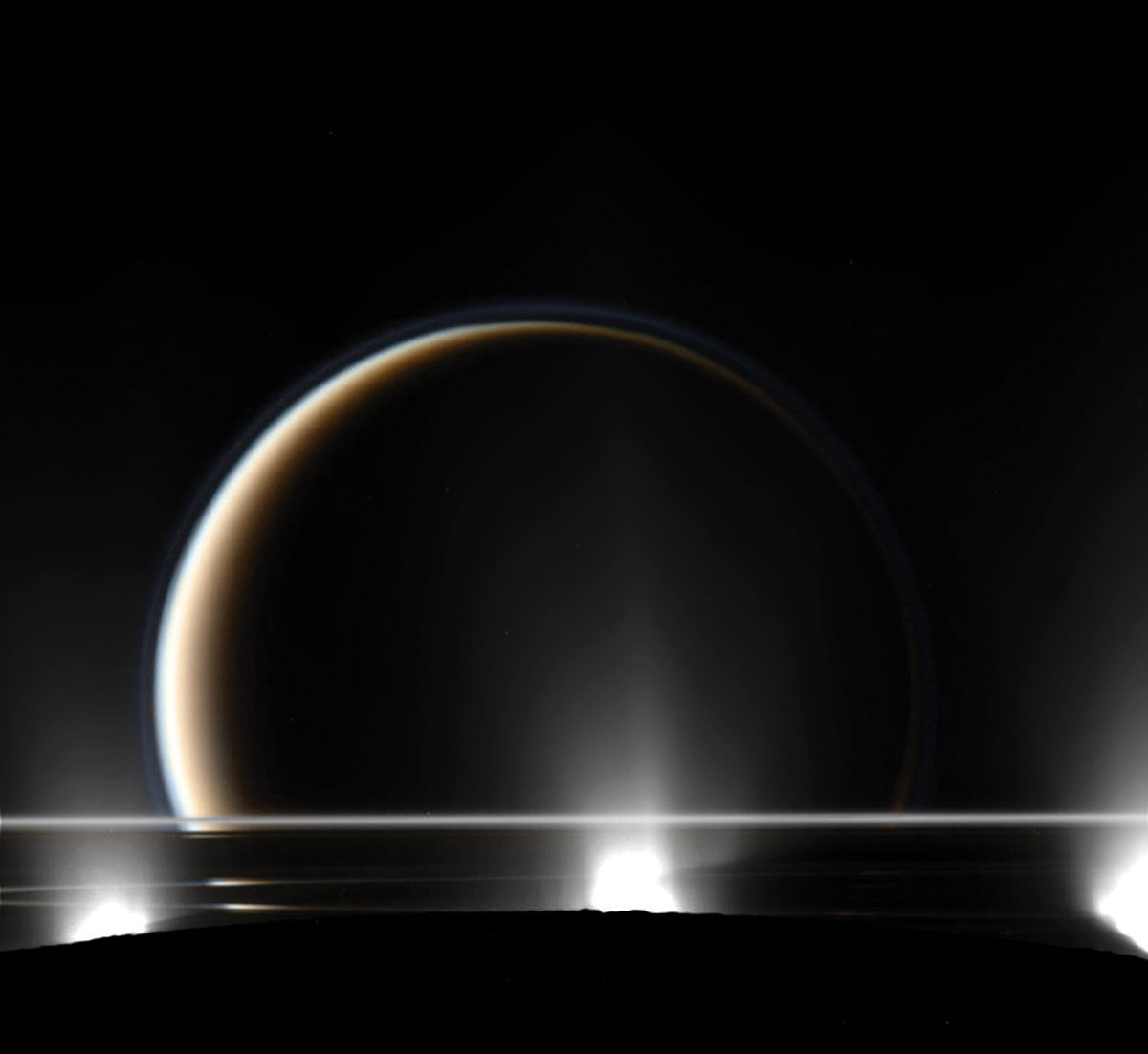Casey Dreier • Feb 08, 2018
How the Falcon Heavy could revolutionize exploration of the ocean worlds
There has been a lot of discussion regarding the ability of SpaceX's Falcon Heavy rocket to carry big things into space. But the Falcon Heavy is not just for big things, it can also throw light things into space very fast. And that has significant implications for the exploration of heretofore hard-to-reach places in our outer solar system—particularly the ocean moons of the giant planets.
In fact, the Falcon Heavy is perfectly suited to support a whole new program of frequent, low-cost outer planet missions by the very fact that it is a new rocket.
NASA has a certification process that limits the types of rockets it will consider for different classes of missions. The more important a mission is, the higher the degree of certification required by NASA. Multi-billion dollar science missions are not certified for launch on the Falcon 9—much less the Falcon Heavy—and generally are limited to the Atlas V or Delta IV rockets. The Falcon 9 is currently only certified to launch lower-priority science missions.
If SpaceX wants to get the Falcon Heavy certified for NASA's most important missions, that will take time, particularly since it is likely to fly less frequently than the Falcon 9. It will be easier to get certified for smaller, cheaper missions initially.

This actually provides an interesting constraint: in order to launch science missions on the Falcon Heavy, they will have to be cheaper, relatively speaking. And generally, the cheaper a spacecraft is, the smaller it is. The smaller it is, the faster it can be sent into the outer solar system, with the potential to significantly reduce the time required to reach its destination.
In the first decade of the 21st century, NASA's Mars Exploration Program had a program called Mars Scout, which was intended to provide frequent, low-cost mission opportunities to the Red Planet. The idea was that this would allow NASA to react quickly to new scientific discoveries by allowing scientists and industry to propose mission concepts to follow on new discoveries and hypotheses from its other, more expensive missions.
The outer solar system has never had a similar program for a variety of reasons, with one being the length of time required to reach the destinations themselves. It's hard to have a reactive, high-cadence series of small missions when it takes a decade to reach a target and return data. Since they are infrequent, missions to the outer planets have tended to be very expensive in order to accommodate as much science in one shot as possible. There are also additional complexities for operating in deep space, particularly if the spacecraft depend on Plutonium-238 for energy.
Some of these other constraints are changing. Juno is the first spacecraft to operate at Jupiter using solar panels. It will be followed up by the Europa Clipper and ESA's JUICE mission—both with solar panels instead of plutonium. In the previous low-cost Discovery competition, multiple missions were proposed to the Jupiter and Saturn systems using solar panels within a cost-cap of less than $500 million. So we know that there are feasible proposals already out there with proven technology that avoids the cost and complexities associated with radioactive power sources.

Assuming the cost of a Falcon Heavy is similar to that of an Atlas 5 (NASA pays more than the listed price for SpaceX rockets due to additional launch assurance requirements), the theoretical cost of a small-class outer planet mission would be similar to that of a Discovery mission, but with a timeline of data return more similar to that of Mars Scout. Since there would be many missions over time, the pressure to ornament each spacecraft with every possible scientific instrument would drop, helping to minimize complexity and keep costs down.
So don't get hung up on the "Heavy" part of the Falcon Heavy. If it is as affordable as Musk claims, it could be the spark that lights the flame behind a fleet of smaller missions that would usher in a new era of solar system exploration.
Let’s Go Beyond The Horizon
Every success in space exploration is the result of the community of space enthusiasts, like you, who believe it is important. You can help usher in the next great era of space exploration with your gift today.
Donate Today

 Explore Worlds
Explore Worlds Find Life
Find Life Defend Earth
Defend Earth

